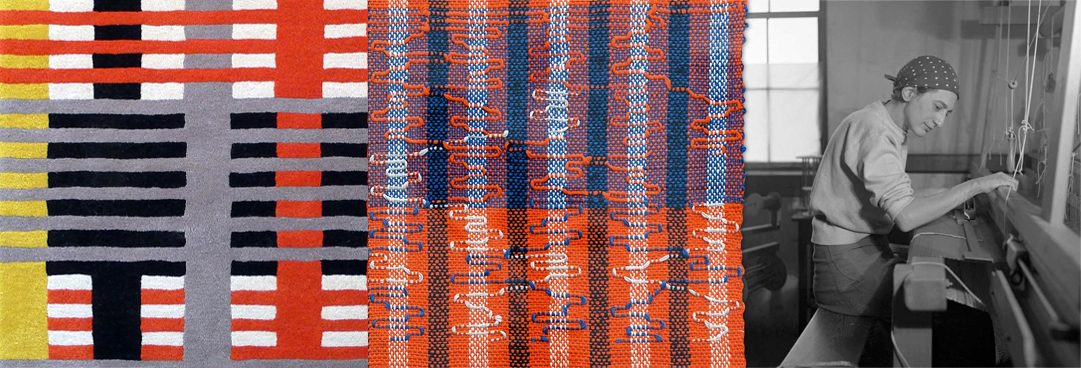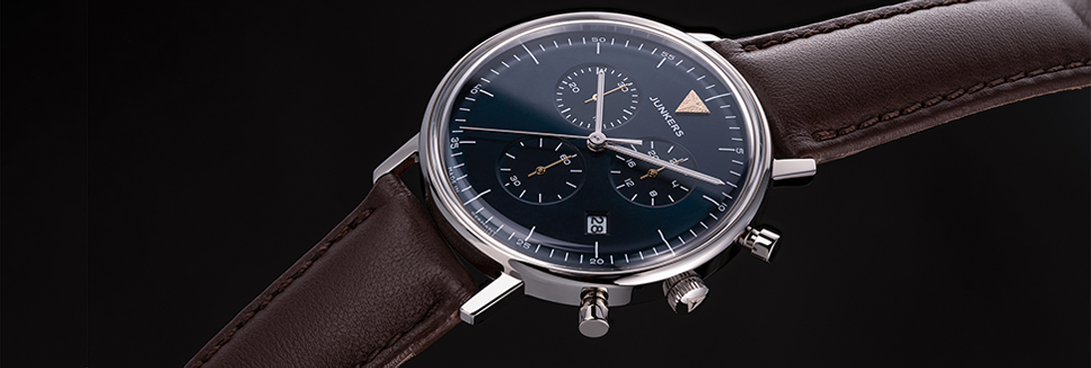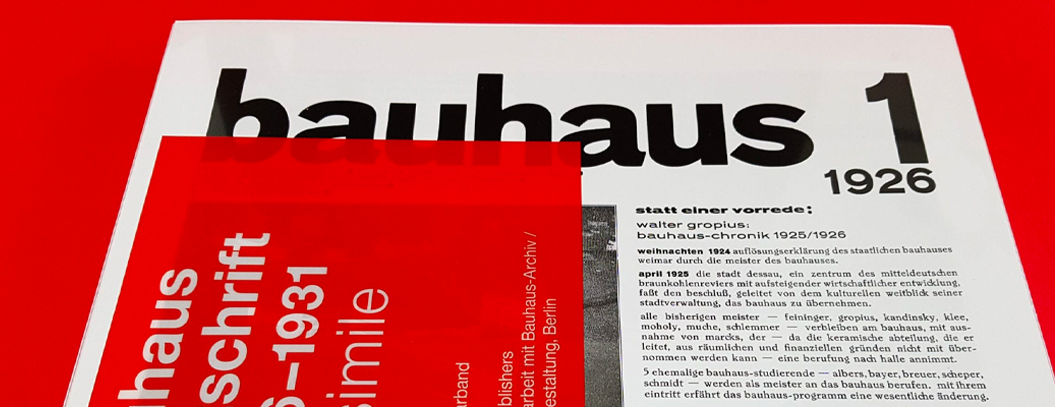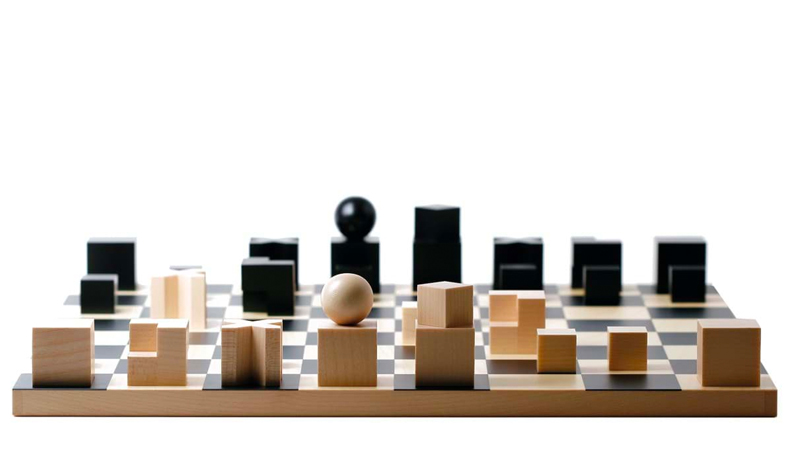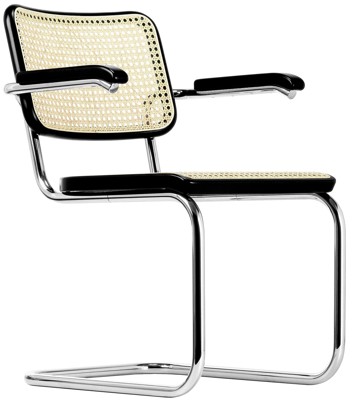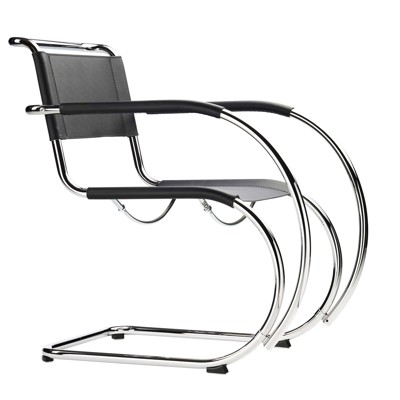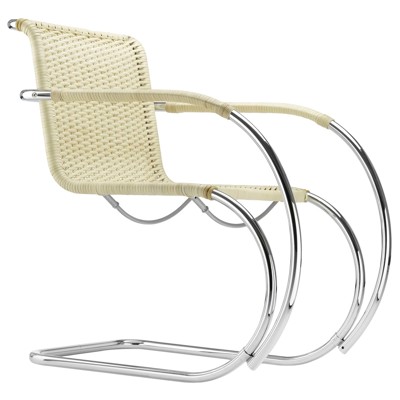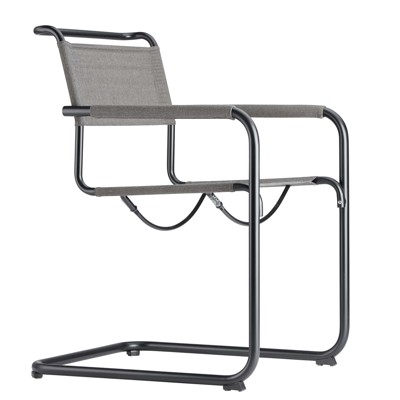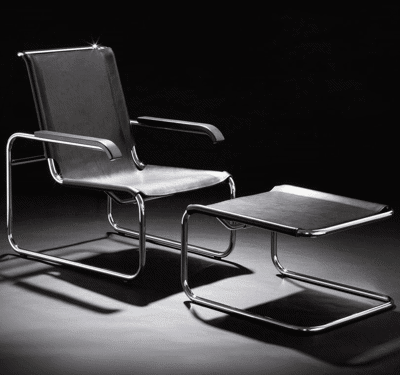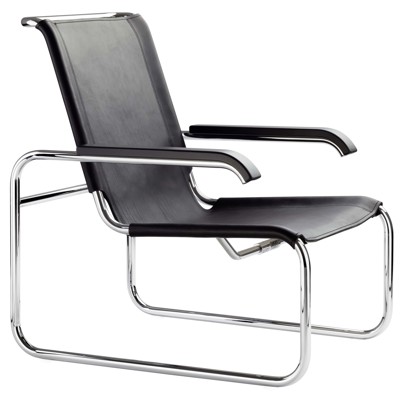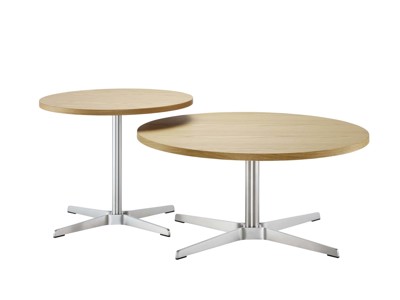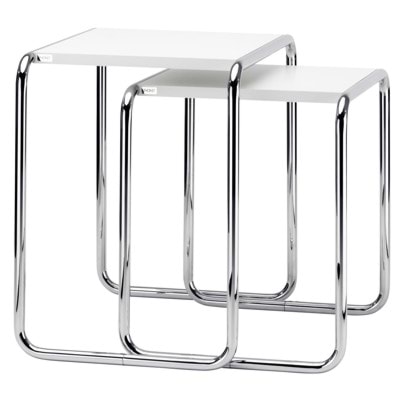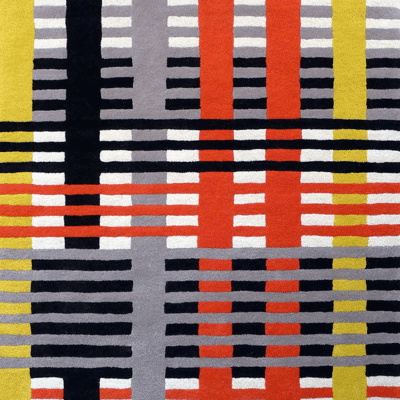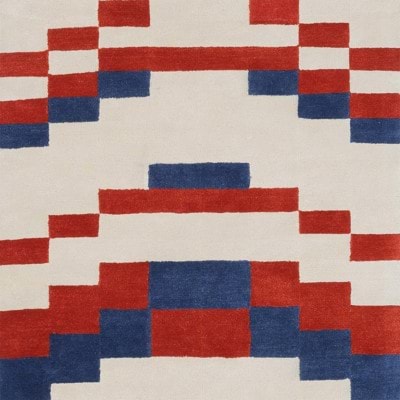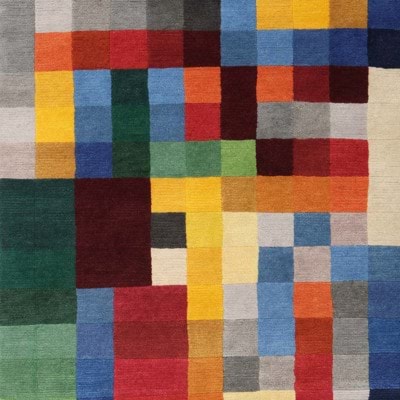Description
A feeling for beauty paired with functionality. This combination is the hallmark of many Marcel Breuer designs, especially the D4 (formerly B4). The collapsible tubular steel lounge chair with straps was created in 1926/27 and advertised in Breuer’s first tubular steel catalogue as “particularly suitable” for ships and sports grounds as well as for patios, summer houses, gardens and garden cafés. This sporty, airy ambience has inscribed itself into the design, and the D4 still looks light and springy today.
This is a palpable step into the modern age, putting functional design into the spotlight. The history of the D4 at Tecta began in the mid-1970s. While researching, Axel Bruchhäuser came across Breuer’s initial designs and sought contact with the designer. He told him that the folding chair was much more beautiful than the version with runners and that it simply had to be produced. Breuer was pleased that his design had been discovered and replied: “The resurfacing of this chair is like an old forgotten dream.” He saw this chair as the result of a genetic-constructive development that began with the four-legged Wassily chair, continued with the addition of runners by the Junkers Aircraft Factory, and finally ended in the folding chair.
Improved until no further enhancement was possible. Pared down to the essentials, its minimalism incorporates the motif of movement in that it could be folded, stowed away and easily transported. Due to the more economical use of tubular steel and elimination of the lateral seat straps, it consumed less material while affording the sitter much greater comfort.
In 1980 the D4 was added to the permanent collection of the Museum of Modern Art, New York. A unique specimen of the first armchair, featuring Peter Keler’s horsehair fabric, is held in the permanent collection of the Cantilever Chair Museum in Lauenförde. This version is an airy construction using a minimum of material.
Perfection of construction and detail. Of course, the first thing we associate with Bauhaus master Marcel Breuer is one material: tubular steel. And one principle: the cantilever chair, which sparked modern furniture design. “Humankind was freed from the tethers of rigid sitting to enjoy the freedom of the floating seat. The cantilever chair was a symbol of its time.” But this does not really do justice to Marcel Lajos (“Lajkó”) Breuer (1902-1981). What he really pursued was research into the essence of objects: what should, what can a modern piece of furniture do today, was the Bauhaus question.
In 1925, Breuer became head of the furniture workshop in Dessau as a “junior master”. The year before, he had already postulated his definition of contemporary furniture. Although he attached great importance to details, Breuer favoured the precision of thinking over formal aspects. “There is the perfection of construction and detail, along with and in contrast to simplicity and generosity in form and use,” he wrote in an essay outlining his philosophy.
His role in popularising tubular steel for furniture design may also be due to his being one of the first to realise how dynamic our lives had become, demanding equally light and flexible solutions. The cycling enthusiast also embraced the latest trends in architecture, industry and design for a new zeitgeist. “I have specifically chosen metal for these pieces of furniture to achieve the characteristics of modern spatial elements,” explained Breuer. “The heavy upholstery of a comfortable armchair has been replaced by tightly stretched fabric surfaces and a few lightweight springy cylindrical brackets.”
In addition, the construction was no longer hidden, but flashing chrome became a visible part of the design. Cantilever chairs were bolted, not welded, functions stacked and colour-coded. The result was a dematerialised floating appearance and a new spirit of space. The cantilever chair meant a liberation from the thousand-year-old model of rigid throne-like sitting. It was the implementation of the functional, kinetic and constructive counter-principle. This kinetic line, the dawn of the modern era, can still be traced to the young Bauhaus designers today.
Perfection of construction and detail. Of course, the first thing we associate with Bauhaus master Marcel Breuer is one material: tubular steel. And one principle: the cantilever chair, which sparked modern furniture design. “Humankind was freed from the tethers of rigid sitting to enjoy the freedom of the floating seat. The cantilever chair was a symbol of its time.” But this does not really do justice to Marcel Lajos (“Lajkó”) Breuer (1902-1981). What he really pursued was research into the essence of objects: what should, what can a modern piece of furniture do today, was the Bauhaus question.
In 1925, Breuer became head of the furniture workshop in Dessau as a “junior master”. The year before, he had already postulated his definition of contemporary furniture. Although he attached great importance to details, Breuer favoured the precision of thinking over formal aspects. “There is the perfection of construction and detail, along with and in contrast to simplicity and generosity in form and use,” he wrote in an essay outlining his philosophy.
His role in popularising tubular steel for furniture design may also be due to his being one of the first to realise how dynamic our lives had become, demanding equally light and flexible solutions. The cycling enthusiast also embraced the latest trends in architecture, industry and design for a new zeitgeist. “I have specifically chosen metal for these pieces of furniture to achieve the characteristics of modern spatial elements,” explained Breuer. “The heavy upholstery of a comfortable armchair has been replaced by tightly stretched fabric surfaces and a few lightweight springy cylindrical brackets.”
In addition, the construction was no longer hidden, but flashing chrome became a visible part of the design. Cantilever chairs were bolted, not welded, functions stacked and colour-coded. The result was a dematerialised floating appearance and a new spirit of space. The cantilever chair meant a liberation from the thousand-year-old model of rigid throne-like sitting. It was the implementation of the functional, kinetic and constructive counter-principle. This kinetic line, the dawn of the modern era, can still be traced to the young Bauhaus designers today.



